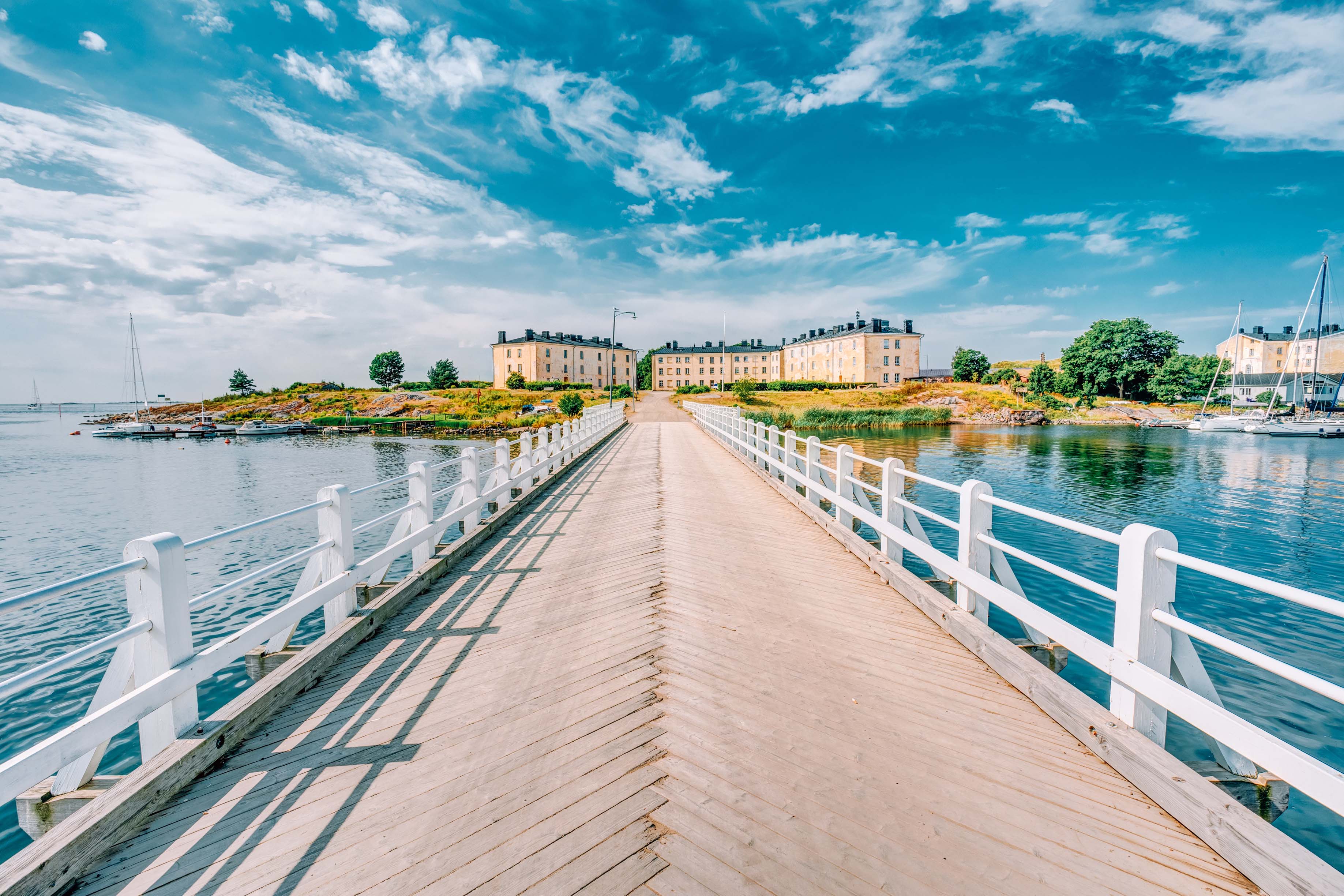10 local picks for an easy escape into nature
The archipelago of Helsinki consists of around 330 islands, providing a great gateway to lush green forests, sandy beaches and coastal nature that could fool you into believing you’ve travelled further afield. But unlike the outer archipelago, the Helsinki islands mix all the best amenities of a city – cafes, bars, restaurants – with the feeling of being in the archipelago.
Many Helsinkians like to hop on a ferry for a quick trip to one of the islands. These are the top 10 local picks for an easy escape into nature:
